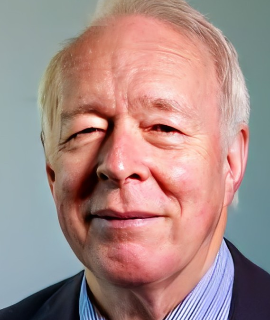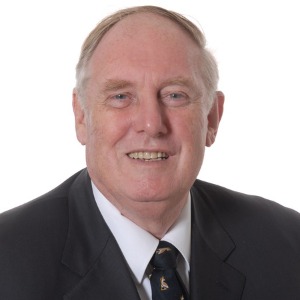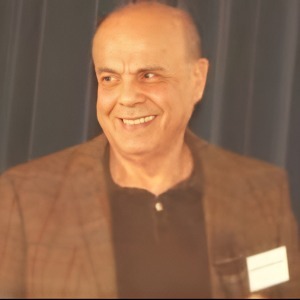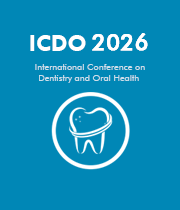Dental occlusion
Dental occlusion refers to the coordinated movement of the upper (maxillary) and lower (mandibular) dental arches as they come together. As the teeth on both arches come into contact and exert pressure against each other, or occlude, they determine the overall health of the temporomandibular joint (TMJ), which is responsible for connecting the lower jaw to the skull. It is essential for dental professionals to ensure proper occlusion in order to maintain optimal oral health. Improper occlusion can cause teeth to wear down unevenly, create gaps between teeth, or put undue pressure on the TMJ. Habits such as clenching or grinding teeth, bruxism, can also damage teeth and the TMJ. The oral health assessment of occlusion must include a visual inspection, assessing alignment, and examining the contacts between the teeth when the teeth are in occlusion. Radiographs may also be used to evaluate the TMJ to detect any issue and quantify the amount of space available between the contacts of the teeth. Restorations, such as crowns or veneers, can also be used to correct occlusion. Partial dentures, prosthetics used to replace one or more missing teeth, can also be used to correct occlusion. When evaluating occlusion, dental professionals look for factors such as--angles and depths of the occlusal surfaces of the teeth, contact of maxillary and mandibular teeth including interproximal contact, ideal overbite and overjet, proper alveolar bone, and ideal lateral movements of the mandible. Overall, dental occlusion is an important factor to consider when assessing oral health. Although there is no one universal measurement for proper occlusion, dental professionals use their experience and knowledge to ensure proper occlusion and evaluate the health of the TMJ. They can also enhance a patient’s smile or facial appearance.

David Geoffrey Gillam
Queen Mary University of London, United Kingdom
Christopher Turner
Spacemark Dental, United Kingdom




Title : Evaluating hygienist follow up for head and neck oncology patients in secondary care: Results from a two cycle audit
Peter Basta, Newcastle Dental Hospital, United Kingdom
Title : Atypical facial pain unravelled
Christopher Turner, Spacemark Dental, United Kingdom
Title : New treatment of temporomandibular disorder through muscle balance and muscle regeneration by activation of quiescent muscle stem cells( satellite cells) with mitochondrial dynamics
Ki Ji Lee, National Reserach Foundation & Busan Medical University, Korea, Republic of
Title : Cutaneous, Cranial, skeletal and dental defects in patients with Goltz syndrome
Ali Al Kaissi, National Ilizarov Medical Research Center for Traumatology and Orthopaedics, Russian Federation
Title : The nature and management of dental erosion in patients with bulimia nervosa
Maya Fahy, The Royal Victoria, School of Dentistry, United Kingdom
Title : A systematic review on the early detection of oral cancer using artificial intelligence and electronic tongue technology
Maryam, Kardan Dental Clinic, Iran (Islamic Republic of)